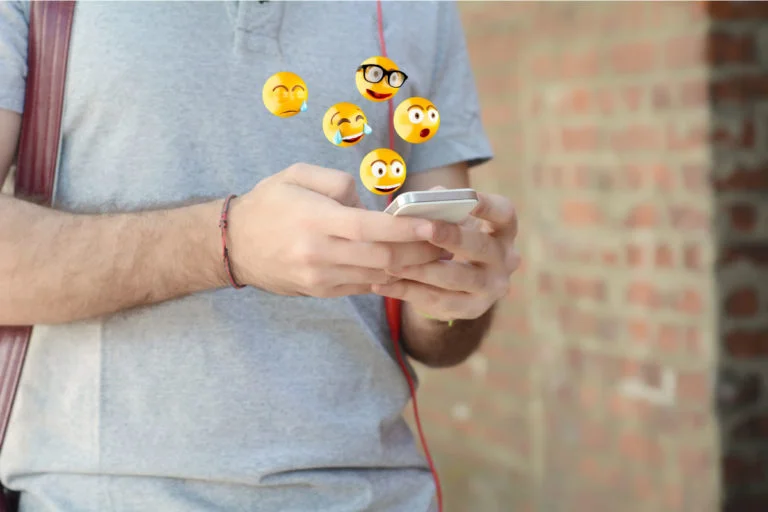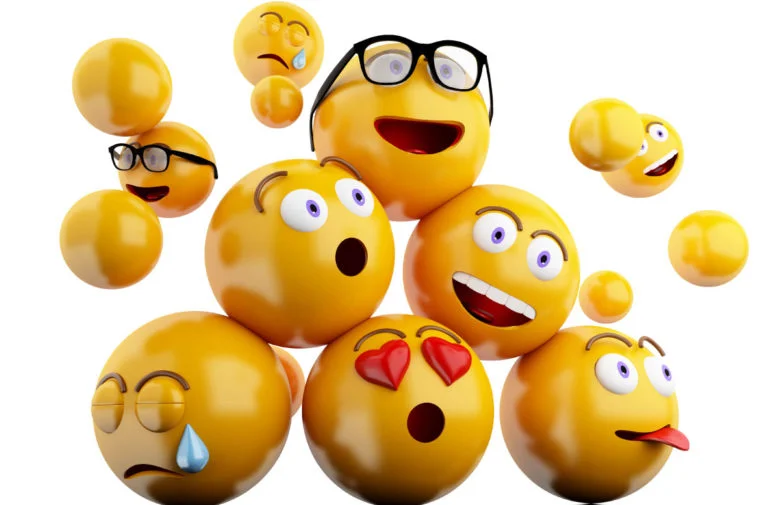Present.
5 Killer Facts You Didn’t Know About Emojis
Now that there are special days for everything, it stands out that Emojis are celebrated worldwide on July 17th, and rightly so. If Language Day is celebrated by Spanish speakers, it makes sense to highlight a communication system that allowed human gestures and popular iconography to become a universal code. But despite its universality, it draws attention for the complexity of its nuances. To celebrate it from @Feelingtheculture, 5 Killer Facts About Emojis.
The impact of COVID 19 on contemporary culture is undeniable and emojis as a part of that were no exception. The Sunday Times managed to register 12 new emojis based on the emotions experienced during lockdown.

Four years ago, it was regarded as a novelty that people could make a living off of translating emojis, as in the case of Keith Broni. Today, this characteristic of emojis, their polysemy (phenomenon whereby a single word form is associated with two or several related senses), has led to the existence of infinite applications that allow users to avoid misunderstandings when using emojis. Just like any language or other type of language in expansion, emojis are enriched by the experience of humanity and make it more complex.
But it’s not only how universal emojis are that make them complex. A brilliant Spanish youtuber named Ter, uniquely showed their geometric complexity in 20 minutes. And because of their daily use, only the communication aspect is evident as a topic of debate. But their success also lies in the fact that they are the epitome of design. To come up with something so small but with the expectation of being understood by most of the planet’s inhabitants, must definitely be a challenge.

One of the reasons emojis are so popular is that they save time and effort, a sort of savings in the user that helps to further and better express what people feel at the same time. It also implies, in turn, being able to use it to know people better. A study carried out with millennials from Mexico and Spain showed that surveys or research instruments that have emojis in their language allow for greater attention and understanding by this segment of the population.
At Feeling, we are aware of the emojis’ importance in culture and, today, we also celebrate by remembering some of our brand’s references where emojis have been a crucial part of the message. DUX, for example, a brand for young people that can perfectly express itself in emojis to make itself understood. Or POSITIVA, where the universality of this language is revealed in a completely different communication objective, but in which the use of emojis is still appropriate.
Share
